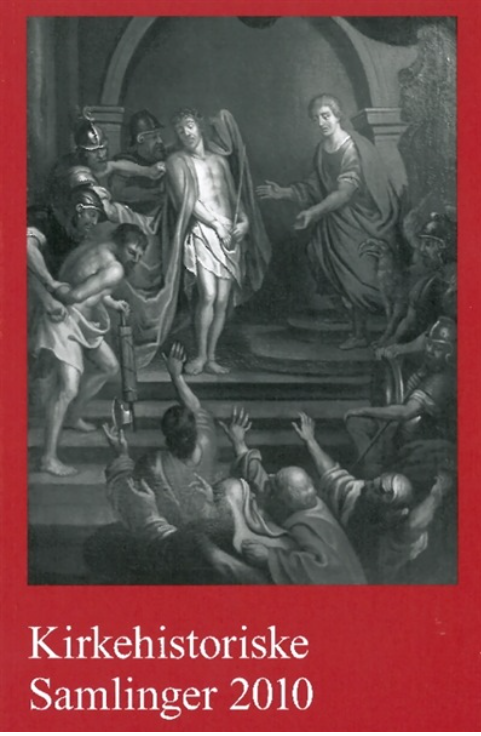Publiceret 25.02.2025
Citation/Eksport
Copyright (c) 2010 Tidsskriftet Kirkehistoriske Samlinger

Dette værk er under følgende licens Creative Commons Navngivelse – Ingen bearbejdelser (by-nd).
Resumé
Summary
Riots against Jews took place in September 1819 in Copenhagen and some provincial towns, eg Elsinore and Odense. The disturbances took Government as well as local police authorities by surprise. The Government did not succeed in finding the people who were responsible or discovering the real causes of the riots. King Frederik VI’s Government sought to protect the Jews against the corporal persecution by the crowd. The Government protected the Jews in order to retain their civil rights, but at the same time the authorities wanted to put an end to all disturbances threatening to destabilise Absolutism. In addition, the Jews were submitted to the dual purpose of tolerance and control. The Jews were tolerated citizens, but at the same time the Jewish community was under control and surveillance by authorities to ensure the principle of Lutheran national culture of unity.
New source material has been found in documents belonging to A.S. Ørsted, the deputy of the Danish Chancellery. These documents substantiate that the persecution of the Jews in Copenhagen did not end in January 1820 as has generally been presumed by historical research. On the contrary, the disturbances continued for almost the rest of the year 1820 as presented in this article (cf my book: Religionstolerance og religionsfrihed. Forudsætninger og Grundloven i 1849, 2009). During September 1820 the riots once again took a serious turn. Police reports described disturbances round Jewish homes and shops whose windows were broken.
The president of the King’s Cabinet, Frederik J. Kaas, estimated that the riots concerned more than the persecution of Jews. He and several other people envisaged that a rebellion against the Government was under way. However, in addition to the persecutions of Jews, there was talk of growing social and, in particular, political discontent with the Government and the King’s leadership. The background for the riots was the Government’s handling of the country’s poor financial situation. This was expressed in handbills directed against the Jews as well as in political proclamations announced by the author J.K. Blok Tøxen and Doctor of Philosophy J.J. Dampe. The fear of a proper revolt may have influenced on the arrest of Doctor J.J. Dampe and master smith H.C. Jørgensen. Neither of them directed their activities against the Jews, but they were working for a free constitution. I presume the riots against the Jews and the circle round Doctor Dampe belonged to two different »movements« – as is also maintained by J.C. Johansen, the author of the article »Dr. J.J. Dampe og Attentater paa Enevælden i 1820«, Historisk Tidsskrift (1894 f.). However, both groups directed their criticism against the King’s responsibility for the financial situation. The Government saw a connection between these »movements« and feared that the new disturbances were – as formulated by Kaas – »An introduction to the big scene«, ie the big riot against Absolutist governmental form. This is documented by A.S. Ørsted’s archive material. A special court of justice sentenced to death Dampe and Jørgensen. The King mitigated the severity of the punishment to life imprisonment. The severity of the punishment explains the Government’s response. It was a warning to all troublemakers.

